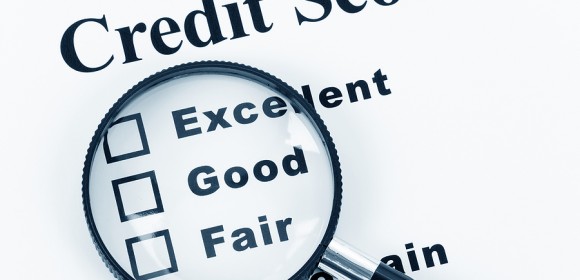The Key Differences Between Credit Score and Credit Rating
Two phrases – credit score and credit rating – are often used interchangeably, particularly when an individual has had a loan application declined and is anxious to know why he or she was turned down.
Different lenders apply different criteria for assessing people’s creditworthiness depending upon their position in the marketplace, whether they offer credit to the so-called sub-prime market and what their affordability assessments are. But almost all of them in the UK will use one of the main credit reference agencies – Equifax, Experian and Callcredit – when deciding whether to accept a loan or credit card application.
Although the major financial institutions say that there is no difference between “credit rating” and “credit score”, there is a distinction between them and it relates to where information about somebody’s credit history is stored and how it is used.
Credit score
A credit score is derived from the information held on you by the credit reference agencies in your file. This is a numerical way of expressing everything that is know about your financial history. The information in your credit files is used by these agencies to develop an idea of what degree of risk an individual represents to a lender or other financial institution.
That degree of risk is usually expressed as a number, sometimes in multiples of 0 all the way up to 1,000 where the higher the number, the lower the risk that an individual will default on a loan and vice versa. Because this involves a figure, it is perhaps confusing that this is actually the credit score applied to an individual by a credit reference agency and not the credit rating. It has nothing to do with the banks or other institutions who apply their own criteria to come up with their own credit ratings.
A credit score as maintained by a reference agency is constantly changing depending on an individual’s record on loan repayments, credit card payments, size of overdraft, utility bill history and so on. It could rise a few points should borrower make a repayment a few days late but it could fall if that person repays a loan entirely or pays off a credit card balance. For credit cardholders who regularly encounters problems with late repayments, it is highly advisable for them to look into non-credit alternatives, such as prepaid Visa cards, which are not connected to any credit facilities.
Each credit reference agency has its own scores and the formulas that it uses to come up with them. But there are common elements for all of the major agencies including: the size of an individual’s borrowing, how many different credit accounts they have, whether they make the repayment schedules on the days that were originally agreed to, whether they “carry over” large amounts every month, what their unplanned overdraft history is, if they have defaulted on a loan and whether they have any County Court Judgements (CCJs) registered against them.
Individuals are entitled to see their credit reports by applying to the credit reference agencies. But those reports will not show you your credit score – this is usually only available to financial institutions but you should be able to get a pretty good idea of your credit worthiness by knowing how to read the report before you sit down with it.
A credit score will determine whether an individual is likely to be offered loans of other forms of credit, what interest rates they are likely to pay on that lending and the terms on which the credit is offered, for example whether the bank will insist upon a guarantee or security before a loan can be issued.
Credit rating
Credit ratings do not come from your credit file or from the credit reference agencies at all. These are the figures applied by a lender or other institution to a potential borrower when that person makes an application for credit.
When an individual applies for a loan, a credit card, a mobile phone contract or, sometimes, a phone line or other utility connection, the institution concerned will immediately request that person’s credit history from one or more of the credit reference agencies. This can be done by one of the institution’s employees or, more likely, online where the process is completely computerised. When the file is received, the bank or lender applies its own set of algorithms to the file and the accompanying credit score to come up with its own credit rating which is usually a number between 1 and 5 with 5 being the best and 1 the worst.
This number system is not definitive as different lenders have different systems but it is believed to be the most common. If the application is with a mainstream lender which only wants to lend to low risk applicants, then a score of 3 or below is likely to result in the application being declined. Other lenders are willing to consider those rejected in this way and will have their own credit ratings which may differ from mainstream lenders.
It’s important to note that each bank and financial institution uses your credit report information to calculate their own score and that these scores may differ between different financial products from the same lender. Put simply, that means that a bank might come up with a different score when the same individual applies for an overdraft compared with when he or she applies for a mortgage.
Banks usually analyse your debts against your credit limits, your history of making payments on time or late, how many loans and other credit accounts you have, how long you’ve had access to credit and the size of the loan or credit limit that you are applying for. Included in those calculations are the credit scores produced by the credit reference agencies which allows financial institutions to apply algorithms and accept or decline new applications within seconds of them being submitted.
Article provided by www.solution-loans.co.uk, a technology-led finance broker aiming to provide the most suitable type of credit through offering expert advice and a broad range of financial products.





Discussion
There are no comments on this entry.